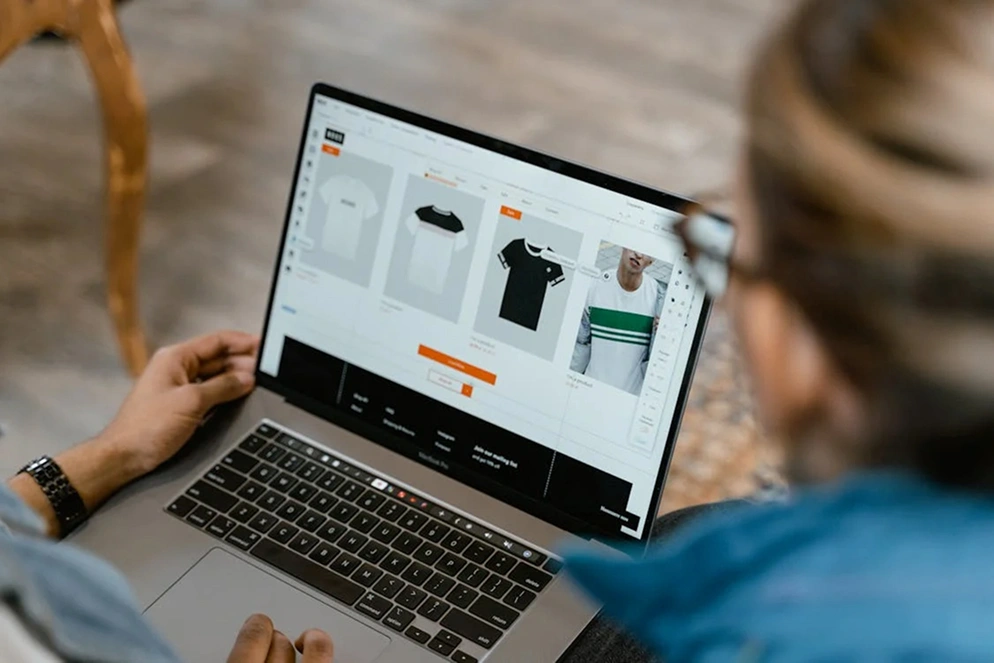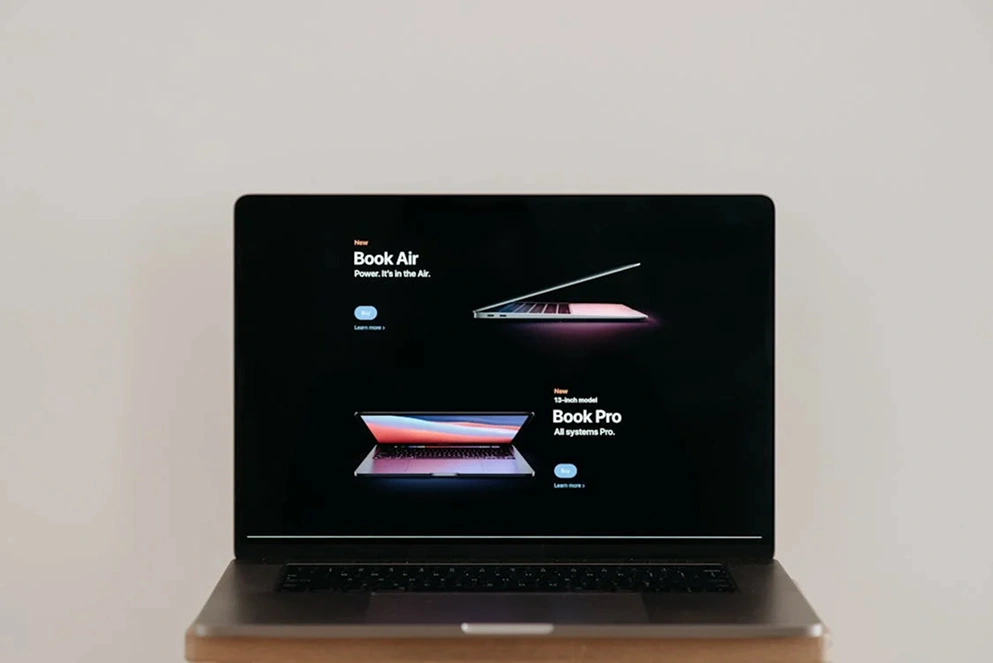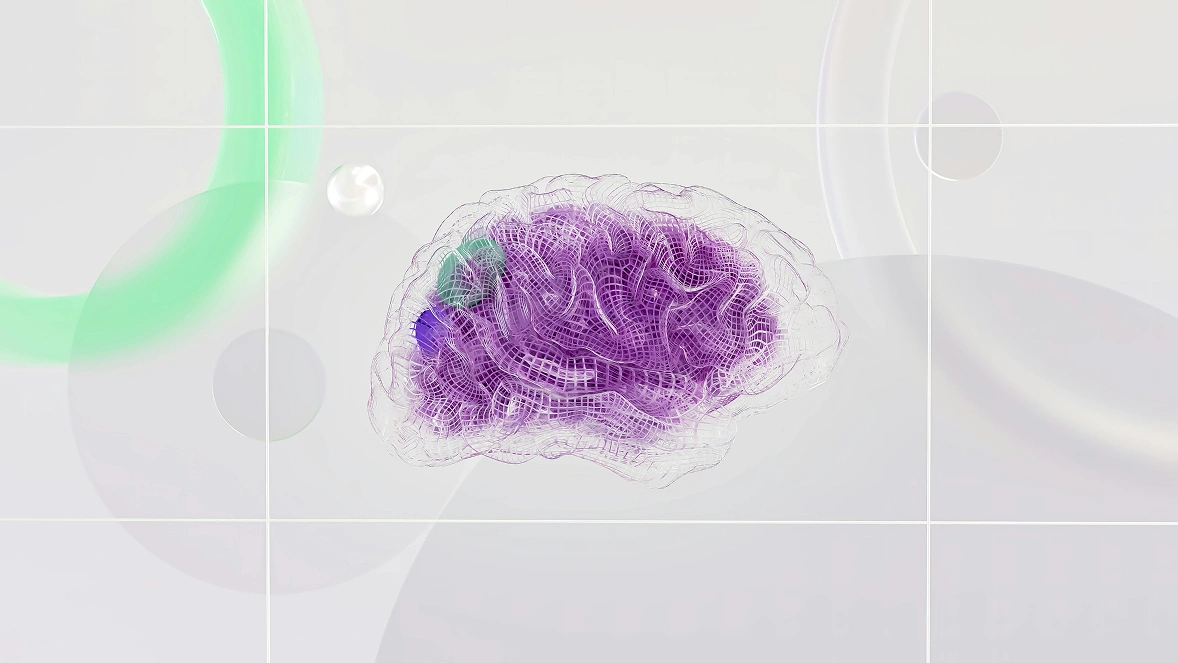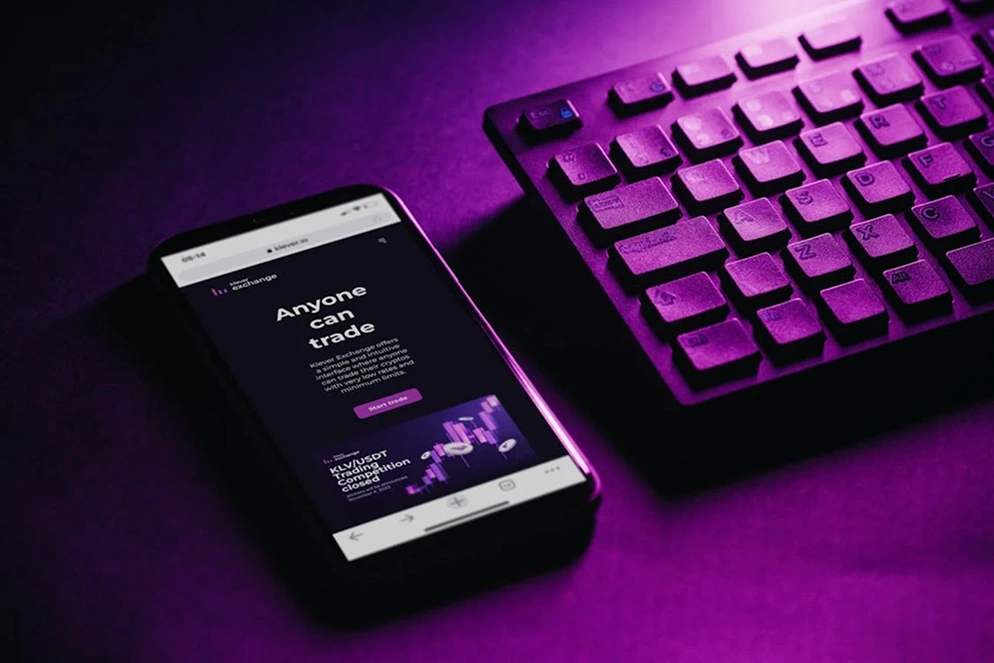Key Takeaways
- Embracing minimalistic design enhances usability and user satisfaction.
- Incorporating micro-interactions and AI-driven interfaces increases engagement.
- Accessibility-focused design is crucial for inclusive user experiences.
Table of Contents
- Current State of UI/UX Design Trends
- Minimalistic Design: Embracing Simplicity
- Micro-Interactions: Small But Impactful
- Neumorphism: A Fusion of Styles
- Scrollytelling: Unfolding Narratives
- AI-Driven Interfaces: Personalized Experience
- 3D and Immersive Interfaces
- Accessibility-Focused Design
- The Importance of Minimalistic Design in Modern Interfaces
Top UI/UX Design Trends Shaping Creative Interfaces in 2025
The fields of UI and UX design are constantly evolving, shaping our digital interactions. UI design, or User Interface design, refers to the creation of visually appealing interfaces for machines or software. Its primary focus is on aesthetics and style. Meanwhile, UX design, or User Experience design, is about enhancing user satisfaction through usability, accessibility, and a seamless interaction process. Responsive Web Development Strategies
In 2025, staying ahead of UI/UX Design Trends is essential for crafting creative interfaces that are not just visually appealing but also user-centric, intuitive, and engaging. This article delves into the most impactful trends shaping the landscape and provides actionable insights to inspire designers to adopt innovative strategies for their projects.
Current State of UI/UX Design Trends
The modern UI/UX design landscape emphasizes simplicity, functionality, and user satisfaction. Designers are focusing on removing distractions and enhancing usability while also pushing digital creativity to new heights. Let’s explore some of the most prominent UI/UX Design Trends driving this year’s innovations.

Minimalistic Design: Embracing Simplicity
What Is It?
Minimalism is all about clean, uncluttered design with a focus on essential elements. This approach prioritizes functionality and simplicity, reducing cognitive load and helping users focus.
Why It Matters?
- Improves readability with ample white space.
- Enhances user navigation by removing distractions.
- Creates faster loading interfaces.
Designers are leaving unnecessary embellishments behind to emphasize usability and an aesthetically pleasing layout. AddictaCo and Xhilarate highlight how brands worldwide are moving toward this trend.
| Benefit | Description |
|---|---|
| Improved Readability | Uses ample white space and clear typography to enhance text clarity. |
| Enhanced Navigation | Streamlines user journeys by removing visual clutter and distractions. |
| Faster Performance | Lightweight design reduces load times, ensuring a quick user experience. |
| Visual Focus | Emphasizes essential elements, directing attention where it matters. |
| Increased Functionality | Reduces extraneous details to boost usability and overall satisfaction. |

Micro-Interactions: Small But Impactful
What Are They?
Micro-interactions are those subtle animations or responses that provide feedback to users. Examples include button hover effects, scrolling animations, and loading indicators.
Why Use Them?
- Guides users intuitively during tasks.
- Enhances engagement by creating a sense of interaction.
Micro-interactions offer a touch of personality to interfaces while ensuring functionality. Learn more about their impact at Imaginovation.
| Micro-Interaction Type | Role in UX | Practical Example |
|---|---|---|
| Hover Effects | Provides instant visual feedback on user actions. | Button color changes on hover |
| Scrolling Animations | Creates smooth transitions and guides the user’s journey. | Parallax scrolling effects |
| Loading Indicators | Keeps users informed during wait times. | Spinners, progress bars |
| Real-Time Form Validation | Alerts users immediately to input errors. | Field highlights or error messages |
| Audio Cues | Enhances interactivity with subtle sound effects. | Click sounds, notification tones |

Neumorphism: A Fusion of Styles
What Is It?
Neumorphism is a fresh blend of skeuomorphism and flat design, creating subtle, soft object-like effects. UI components like buttons and cards seem embedded in or raised out of the background.
Why Neumorphism?
- Gives interfaces a tactile, modern look.
- Offers visual hierarchy with depth and layering.
Imaginovation has shown its growing popularity, especially in trends that focus on blending aesthetics and subtle interaction cues.
| Design Style | Characteristics | Advantages | Limitations |
|---|---|---|---|
| Neumorphism | Combines soft shadows and subtle depth cues. | Modern, tactile feel; elegant design | Lower contrast; potential accessibility issues |
| Flat Design | Emphasizes simple, two-dimensional elements with bold colors. | Fast loading; clear and straightforward visuals | Can lack depth; less engaging |
| Skeuomorphism | Mimics real-world textures and objects for familiarity. | Intuitive, realistic interface | Can feel outdated; may result in visual clutter |
Scrollytelling: Unfolding Narratives
What Is It?
Scrollytelling combines storytelling with scrolling, immersing users in a visual journey where content unfolds interactively as they scroll.
Why It Excels?
- Boosts storytelling with graphics and animations.
- Keeps users engaged through interaction.
This technique is particularly impactful in branding and journalism. Explore examples of Scrollytelling at Imaginovation.

AI-Driven Interfaces: Personalized Experience
What Are They?
AI integration is adding intelligence to web and app design, offering features like chatbots, recommendation engines, and smart personalizations. Unlocking the Potential of Custom Software Development
Where It Works Best?
- Anticipates user needs for a tailored experience.
- Learns from behavior patterns to improve interface interaction.
Such interfaces create adaptive experiences that thrill users. Details can be found at UX Studio Team.
| Feature | User Experience Impact | Real-World Examples |
|---|---|---|
| Chatbots | Offers instant, automated customer support and guidance. | Virtual assistants, customer service bots |
| Recommendation Engines | Personalizes content based on individual behavior. | Product suggestions, content curation |
| Predictive Analytics | Anticipates user needs for proactive engagement. | Auto-fill features, smart search suggestions |
| Voice & Gesture Controls | Enables hands-free, accessible navigation for diverse users. | Voice assistants, gesture-based commands |
| Dynamic Dashboards | Customizes displays based on real-time user data and preferences. | AI-powered analytics platforms |
3D and Immersive Interfaces
What’s Exciting?
With advancement in AR and VR technologies, 3D elements are elevating interface designs to immerse users in engaging digital worlds.
Key Use Cases
- Offers product demonstrations using AR/VR.
- Creates visually captivating UI unlike static designs.
This trend is fueling creativity in gaming and commerce-led UI implementations. Discover more on this at The Alien.

Accessibility-Focused Design
Why Accessibility Matters
Accessibility ensures that people with diverse abilities can use interfaces effectively, creating inclusive experiences.
Best Practices
- Follow accessibility standards like WCAG.
- Prioritize keyboard navigation and screen-reader-friendly designs. Responsive Web Development Strategies
Accessible interfaces benefit everyone. Deep dive at Infinum.
| Best Practice | Importance for Users | Implementation Tips |
|---|---|---|
| High Contrast & Color Choices | Enhances readability for visually impaired users. | Use high-contrast themes and accessible color palettes. |
| Keyboard Navigation | Ensures that all users can navigate without a mouse. | Make all interactive elements keyboard-navigable and screen-reader friendly. |
| Alt Text for Images | Provides descriptive context for users with visual impairments. | Add clear, descriptive alt text to all images. |
| Captions & Transcripts | Supports users with hearing impairments by providing text alternatives. | Include captions for videos and transcripts for audio content. |
| Responsive & Scalable UI | Adapts designs across various devices and screen sizes. | Design flexible layouts and allow text resizing for better usability. |
The Importance of Minimalistic Design in Modern Interfaces
Simplicity Ahead!
Minimalistic Design is a powerhouse trend for those who prioritize usability. With its focus on simplicity, it represents the cornerstone of modern interfaces.
Benefits of Minimalistic Design
- Enhanced User Experience
By focusing only on critical elements, users get to the point faster. AddictaCo confirms higher satisfaction rates. - Reduced Load Times
Simpler designs sync better with responsive sites avoiding lag. - Aesthetic Power Overload
Unlocking the Potential of Custom Software Development.
